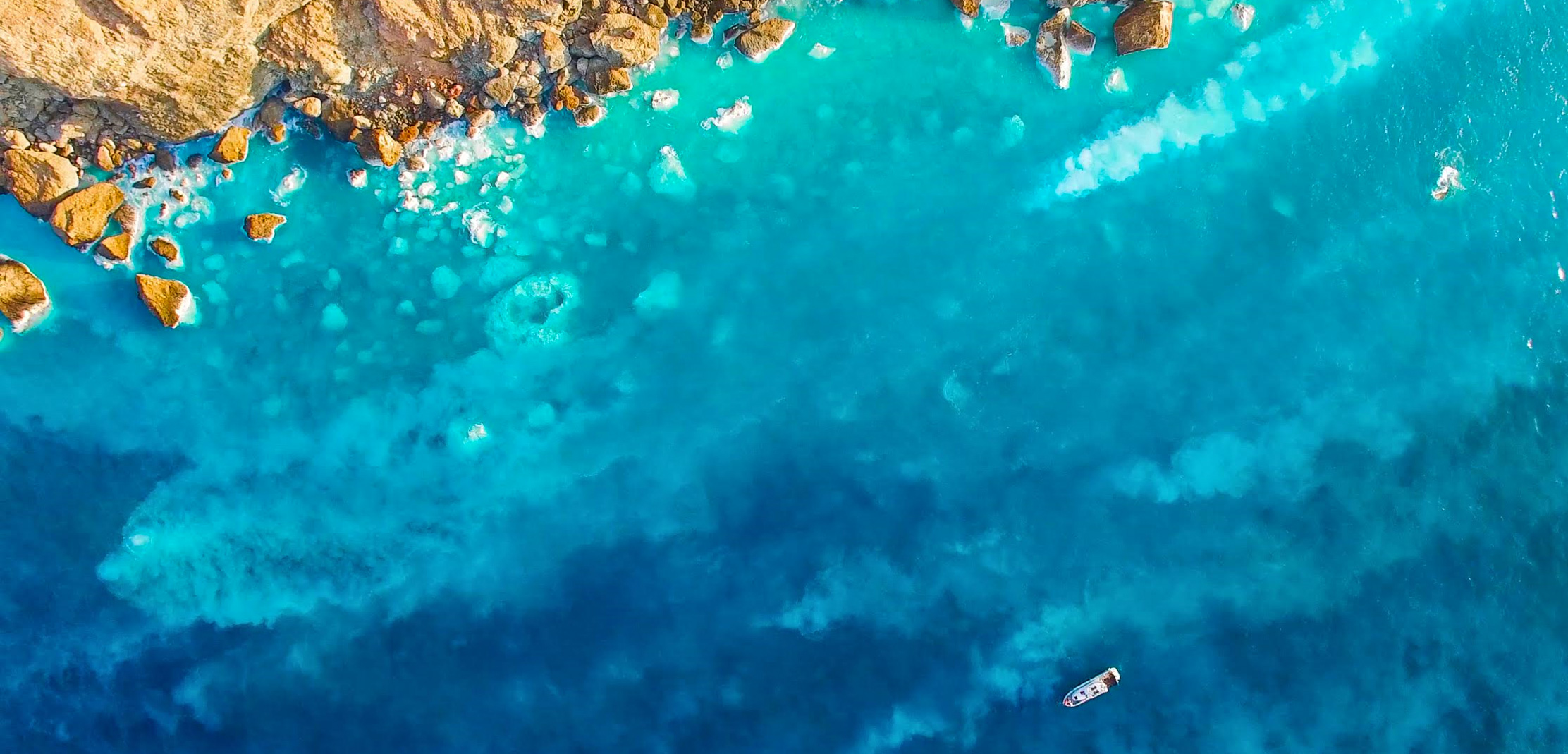A Volcano, an Earthquake, and a Typhoon Put Sea Life to the Test
Back-to-back natural disasters off the Taiwan coast give researchers the opportunity to observe adaptations to changing ocean conditions in real time.
Article body copy
It was a strange place to live, one has to admit. Near Turtle Island, off the northeast coast of Taiwan, crabs, corals, and snails nestled close to boiling hot hydrothermal vents about 200 meters below the ocean surface. Most fish and other creatures stayed away as the highly acidic water, heated to more than 100 °C, bubbled with toxic gases and heavy metals. And yet the animals that called this place home didn’t seem to mind. The crabs, for instance, went about their days feeding on bacteria near the vents, or on the odd dead fish that drifted to the seafloor.
But in May 2016, everything changed. A Magnitude 5.8 earthquake struck the area, triggering a landslide. Debris cascaded from the shattered shoreline, burying many of the hydrothermal vents.
Two months later, a Category 5 typhoon plowed through the same location.
In a staggeringly short period of time, the seascape was transformed. The volcano-powered hydrothermal vents went quiet. Despite it all, the crabs and snails that once frequented this challenging habitat survived.
The one-two punch of natural disasters caught the attention of Mario Lebrato, a geochemist at Kiel University in Germany. “We knew it was a big deal,” says Lebrato, who swiftly organized a research trip with his colleagues to Turtle Island.
There, they discovered the unexpected resilience and adaptability of the crabs and snails living on the drastically reshaped seabed.
Chemical analyses of the creatures’ shells revealed the severity of the changes they experienced.
Typically, the crabs and snails incorporate magnesium from the seawater into their shells. But in the wake of the earthquake and typhoon, the mineral was much less abundant. Curiously, the sea creatures responded to this in different ways.
Lebrato and his colleagues found that most snails studied in 2017 actually had more magnesium in their shells than those sampled in 2015, before the dual disasters. This was because their ability to absorb magnesium was actually heightened when carbon dioxide levels in the seawater rose. (Biochemical pathways regulating the uptake of magnesium and calcium were affected, and calcium absorption fell while magnesium absorption rose.) In a few species, however, including one snail and a crab, the opposite happened—magnesium uptake fell. It seemed that the animals’ biochemical processes had adapted one way or another and moved on.
This successful reconfiguration of basic bodily processes is surprising. In the laboratory, scientists often experiment with small groups of animals to see how they might cope with the changing chemical composition of their environment.
Studies show, for example, that many species are highly sensitive to even minor changes in environmental chemistry. A slight difference in pH, for instance, might harm a species, killing it off. That species’ predator, in turn, might be left starving. In a world beset by climate change and ocean acidification, such changes are expected.
But at Turtle Island, the consequences were much more complicated. Unlike simplified laboratory trials, the real-life events at Turtle Island offered a natural experiment that involved a whole ecosystem, says Jon Copley, a marine biologist at the University of Southampton in England who was not involved in the research.
Before the earthquake and typhoon, the animals at Turtle Island had already shown they could cope well under harsh conditions. The new study demonstrates that they are also surprisingly resilient to environmental upsets. It’s a glimmer of hope, Copley says, in the face of future climatic variations.
“Some species will potentially be able to cope with those changes,” Copley says. “Of course, others can’t.”
Off the coast of Taiwan, nature laid on a huge challenge but a gaggle of crabs and snails stood up to it. Lebrato still marvels at the result.
“How the hell do these organisms survive,” he asks, “when in the rest of the world we’re talking about mass catastrophic dying?”

